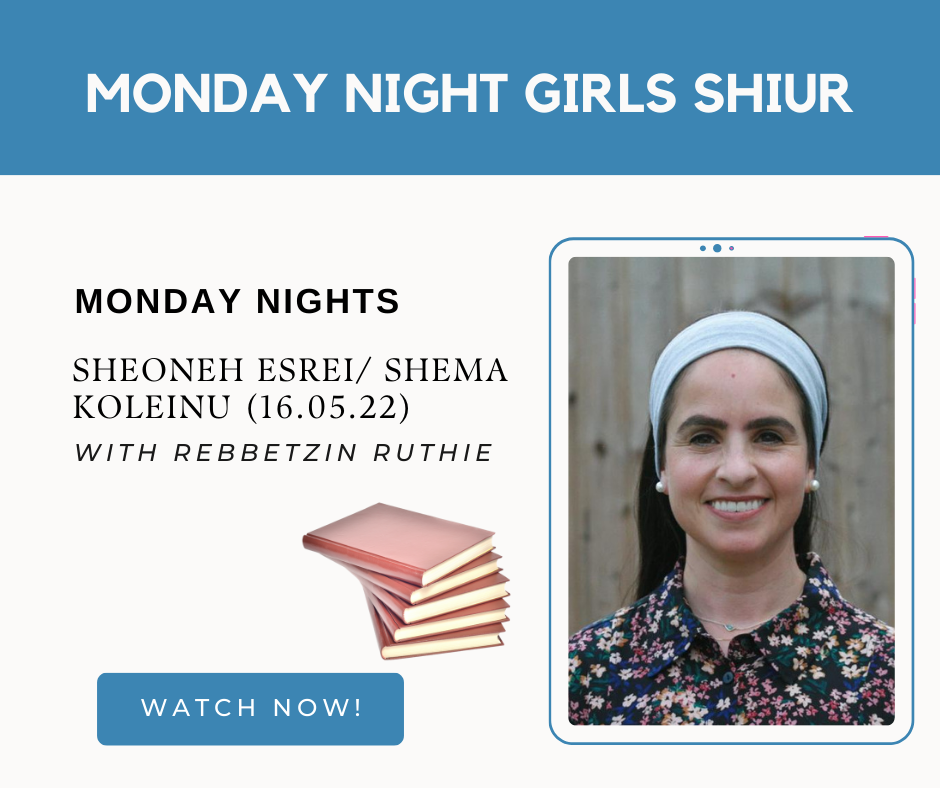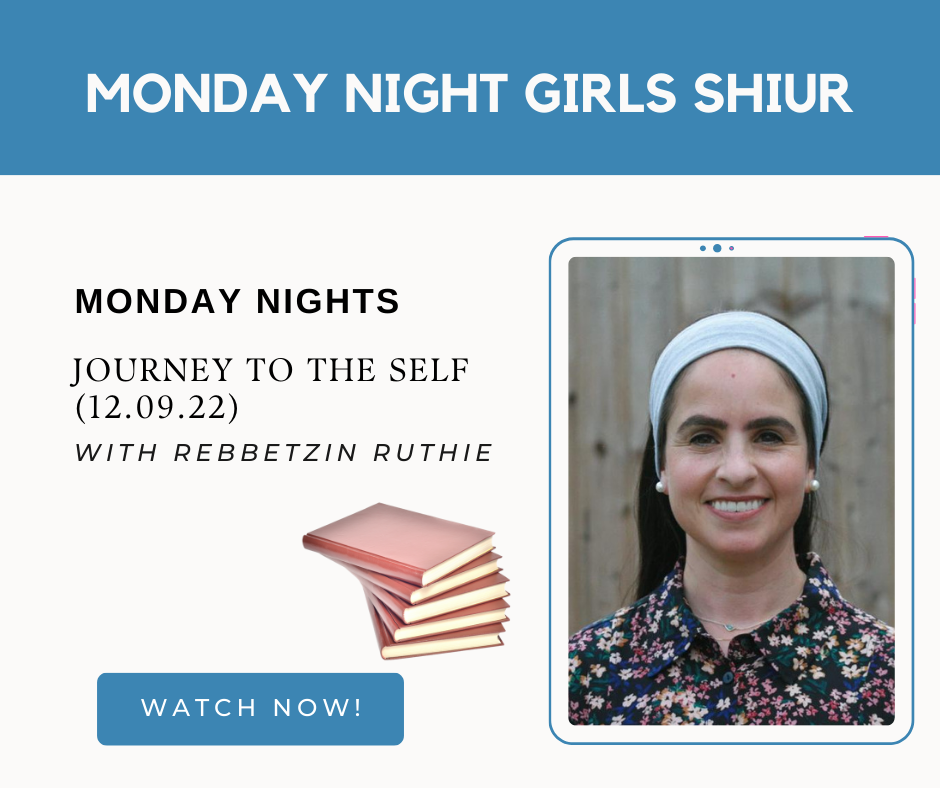
In 2015 Johnny Strange lived up to his last name – entering the record books for pulling a huge aeroplane with his ears! Johnny, 26 at the time, used chains through pierced holes in his ears to drag a Cessna 172-P weighing 677.8kg for 20.4 metres at North Weald Airfield, Essex.
Although this task is amazing and clearly impossible for most of us, there is an eventual limit as to how much we can pull with our body force.
Or is there?
Have you ever seen a skyscraper being built? Massive machines are brought in together with cranes and plenty of skilled workers. When there is a large steel beam that needs to be put in place the crane lifts up the beam with ease towards the correct position.
Now for man’s input! The crane will only be able to carry it so far and without the workers on the ground to position it, the act is basically worthless. Of course the crane is moving and holding the main weight and the workers are just positioning it, nevertheless it is as if they have moved that beam themselves to the correct position.
Similarly in life we face many daily challenges. At times they seem impossible to accomplish. The weight is too much for us. When confronting our evil inclination we look up and see a massive mountain. It’s difficult to manoeuvre around such great opposition.
G-d Almighty has given us the secret. We make our effort, we are on the building site waiting for the plank to come and G-d will bring the large plank towards us; all we need to do is be there, ready to help position it.
The Midrash ShirHashirim (5:2) says: “Open up for me an opening like the eye of a needle and in turn I will enlarge it to be an opening through which wagons can enter.” G-d just needs an opening as big as an eye of the needle. If you take the initiative and allow G-d to enter into your life through a tiny hole, you’ll see exponentially greater results.
When working together as a team man can achieve many accomplishments. When working with G-d – there are no limits. The results are clear, but getting there is the difficult task. Only if you are prepared to work will you receive those ‘impossible’ grades.
A Rabbi once approached a student he hadn’t seen in years. “It’s been so long. How are you? How’s your learning going?” The student replied that all was well, but that his learning had taken a back stage. “Why don’t you come and learn chavruta – one on one. I can arrange to have someone sit down together with you and learn?” The student looked back at the Rabbi and said, “Rabbi I already have a chavruta”. The Rabbi was impressed. “Who is your chavruta?” he asked. The student gazed up at the Rabbi and without hesitation said, “He is always on time, he never misses an opportunity and makes everything seem so great when he is around – it’s the YetserHarah (evil inclination)!”
The Rabbi understood and replied. “If you really wanted to learn with an angel, you should have started with the YetserHatov – the good inclination, that’s a real partner, and that’s the only way you can grow!”
It is for this reason that we are told that the most efficient way of learning Torah is with a Chavruta – learning partner. This has been the hallmark of traditional Jewish learning throughout the ages. Together the pair confront difficult scripts. Two minds applied to a problem are almost always better than one. Each checks and corrects the misconceptions of the other, questioning and sharpening the other’s ideas, while the necessity of articulating one’s thoughts to another person brings greater clarity than learning alone. Indeed, the Gemara goes so far as to say that one who learns Torah alone becomes stupid! (Berachot 63a)
Chavruta comes from the Hebrew word meaning, simply, “friend.” The importance of companionship is stated in PirkeiAvot: “Make for yourself a teacher, acquire for yourself a friend, and judge every person favourably.”
In this week’s Parasha we are taught the importance of a ‘Chavruta’, even for a great leader.
The Parasha summarizes the building of the Mishkan and the making of the Priestly vestments under the direction of Betzalel and his “partners.” The two primary architects were Betzalel and Aholiav.
The Midrash notes that the origins of these two individuals were disparate – by design. Betzalel descended from ShevetYehudah, the tribe of monarchy, dignity and power whilst Aholiav was a descendent of Shevet Dan, the lowliest of the tribes.
In a number of places, the Torah describes Betzalel’s genius and unusual spiritual distinction. He was gifted with a G-dly spirit, wisdom and insight. He possessed a degree of wisdom similar to that with which Hashem created the world. Indeed, Betzalel was Divinely inspired to perform the task of supervising the building of an abode for Hashem’s Presence in this world. Nevertheless it was necessary that Betzalel to have a specific partner.
Rabbi ChaimZaitchik, Z’l, explains that the litmus test for successful leadership is one’s ability to lead despite having an accomplice working together with him. Some people have difficulty working with others. Already at the outset when creating the world G-d taught us the important lesson of including others in our decision. The Torah relates “The Almighty said, “Let us make Adam (man) in our image and our likeness.” (Bereishit 1:26)
Why did G-d say, “Let us make man”? To whom did He make this statement, and why? In His infinite humility, G-d consulted His Heavenly Court before creating man. G-d also included the angels to teach humility and the importance of bringing others into the decision process, even if at the end of the day it is you that will be running the show.
Betzalel, from the ‘highest’ tribe, was assigned a partner from the ‘lowest’ tribe to show that G-d does not desire leaders with personal egos but that He desires leaders who include, unite and partner with their fellow brothers.
Moving hundreds of kilograms with an ear might not be possible for most of us, but through a true partnership involving others and the Almighty, even the sky is not the limit.







